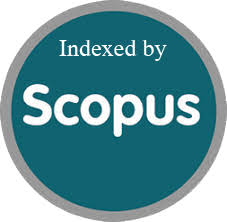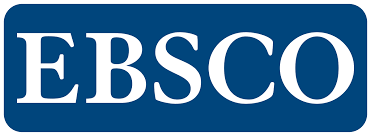FPGA Implementation of Reversible Medical Image Watermarking
Abstract
Abstract Medical image protection and authentication are becoming increasingly important in an e-Health environment where images are readily distributed over electronic networks.This paper presents an FPGA implementation of reversible watermarking encoder and decoder system. The system is based on the Discrete Cosine Transform (DCT/IDCT) to embed and extract the copyright protection mark and least significant bit (LSB) technique to hide the patients information and then extract back the information by the owner using.The proposed structure employs a single multiplierless 1D-DCT/IDCT block, instead of three in many existing DCT watermarking systems, which is reduce the hardware DCT part to 16.6% compared with previous proposals. The parallel hardware implementation of DCT and LSB is done in Xilinx XSC3S500 FPGA. The proposed scheme allows multi-insertions by many doctors in order to give an exact diagnosis to the patient.portable system of the watermarking with small size and low power dissipationKeywords: Information hiding; watermarking ; FPGA; DCT/IDCT; Least Significant Bit method.








